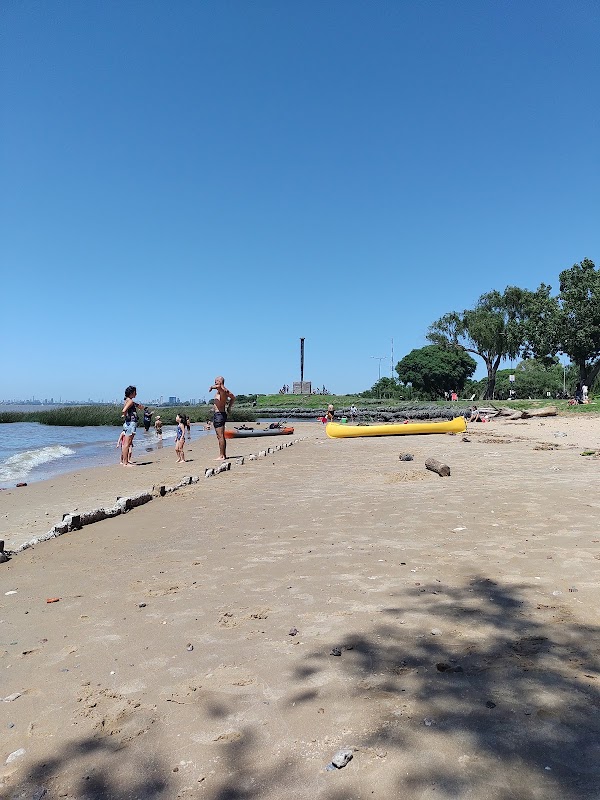Summiting Pico Basilé: A Practical Guide to Bioko Island’s Panoramic Peak
Climbing Pico Basilé offers rewarding panoramic views of Bioko Island and the Atlantic beyond. This practical guide prepares you for the forested trails, changing terrain, and essential gear to tackle Equatorial Guinea’s tallest peak safely and successfully.
Start Early to Avoid Afternoon Heat and Clouds
Begin your hike at dawn to enjoy cooler temperatures and clear summit views before midday fog rolls in.
Use a Local Guide
Hiring an experienced guide improves your safety, ensures trail navigation, and enriches your understanding of local ecology and culture.
Pack Sufficient Water and Snacks
Soups and fruits with electrolytes help maintain energy; water must be plentiful—at least 2 liters per person.
Wear Sturdy, Waterproof Footwear
Trails can become muddy and slippery; shoes with good grip protect against falls on volcanic rock and forest paths.
Summiting Pico Basilé: A Practical Guide to Bioko Island’s Panoramic Peak
Pico Basilé rises boldly over Bioko Island, offering hikers an immersive encounter with Equatorial Guinea’s most commanding natural landmark. Starting near the vibrant city of Malabo, the trek to the summit covers roughly 12 kilometers round-trip, climbing an elevation of about 3,011 meters. This hike demands respect; the mountain stands fiercely itself, cloaked in dense rainforest that pushes clouds aside and tests your stamina.
The trail begins with humid forest paths where leaves whisper underfoot, and streams dare you to cross. The terrain quickly shifts, trading the lush undergrowth for steep slopes littered with volcanic rock and moss. You’ll notice how the mountain breathes—a mix of cool air rising ahead and warm humidity clinging behind.
Expect the hike to take between 6 to 8 hours, depending on your pace and stops. Early starts are essential — the summit beckons best in the morning light when panoramic views of Bioko Island stretch wide, revealing the interplay of ocean, forest, and volcanic peaks. Sunshine filters through mist, lending clarity to the vista but also signaling the onset of midday heat.
Hydration is non-negotiable as the climb intensifies, particularly above 2,000 meters where oxygen thins and steps grow heavier. Durable, grippy footwear is a must. Trails can become slippery from unexpected rains, and volcanic rock demands firm footing. Layering clothes prepares you for the mountain’s shifting moods, from steamy forest floors to brisk summit winds.
Local guides provide invaluable insight into the mountain’s ecosystem and cultural stories. Their expertise enhances safety and enriches the experience, helping hikers read terrain and weather signs that hint at moments of caution. Take time to spot the island’s distinctive wildlife—colorful birds flitting through branches and endemic flora that thrive in volcanic soil.
Reaching the summit, you confront a powerful, living landscape. The sweep of Bioko Island unfolds, framed by the Atlantic horizon. This is a moment of earned awe, a meeting point where preparation, curiosity, and nature’s force converge.
With focused planning and respect for the environment, your trek to Pico Basilé becomes not just a hike but a measured dialogue with one of Equatorial Guinea’s wildest places.
Nearby Trips
All Adventures
Boat Charters
Water Activities
Adventures near Malabo
Discover the unique and memorable adventures that make Malabo special.
Frequently Asked Questions
How difficult is the hike to Pico Basilé?
The hike is considered challenging due to elevation gain, steep sections, and the tropical climate. It requires good physical fitness and some hiking experience.
Can I hike Pico Basilé without a guide?
While technically possible, local guides are highly recommended for safety, navigation, and cultural insight. The terrain and weather can change abruptly.
What wildlife might I see on the trail?
Expect to see tropical birds, such as the endemic Bioko Speirops, and possibly small mammals and colorful insects that thrive in the island’s rainforest.
When is the best time to visit for clear summit views?
Early morning visits between September and November typically offer the clearest views with less fog and lower humidity.
What preparations should I make regarding altitude?
Although Pico Basilé’s summit reaches 3,011 meters, altitude sickness is uncommon but possible; pace yourself and stay hydrated.
Are there any cultural or historical sites near the trail?
Local guides can share stories about the mountain’s importance in Fang traditions and colonial history, enriching the hike’s meaning beyond the natural.
Recommended Gear
Hiking Boots
Provides necessary grip and ankle support on rocky and slippery terrains.
Water Bottle or Hydration System
Hydration is critical, particularly as temperatures and exertion levels rise.
Light Rain Jacket
Protects against sudden tropical showers common in the rainy months.
Warm Layer
Necessary for summit conditions that can be cool and breezy, especially early morning or late afternoon.
Local Insights
Hidden Gems
- "The small viewpoint at 1,800 meters offers stunning glimpses of Malabo far below with fewer crowds."
- "A less-known side trail near the summit reveals native orchids rarely seen on the main path."
Wildlife
- "Bioko Speirops, an endemic bird species with vibrant plumage"
- "The elusive drill monkey found in lower forest zones"
- "Unique volcanic soil plants flourishing only on Pico Basilé"
History
"Pico Basilé is not only the island’s highest peak but a site steeped in Fang heritage. Local tribes considered the mountain sacred, attributing spiritual significance to its ever-shifting clouds and volcanic origins."
